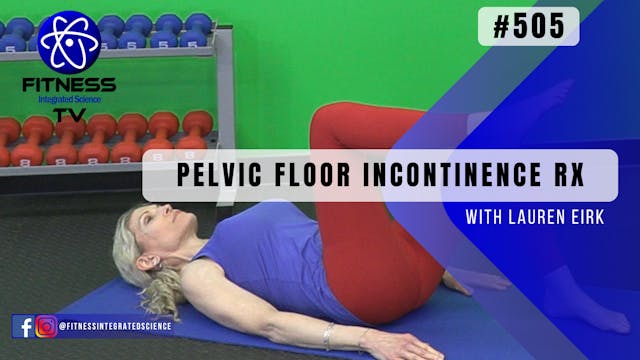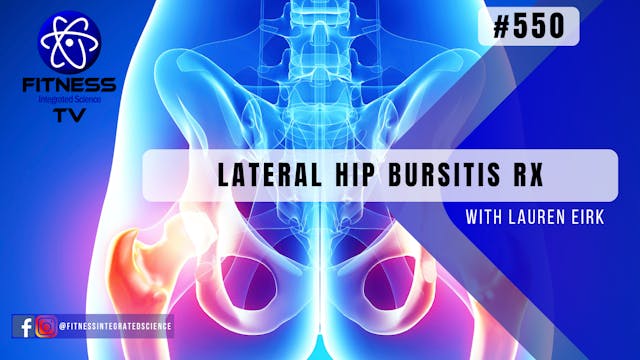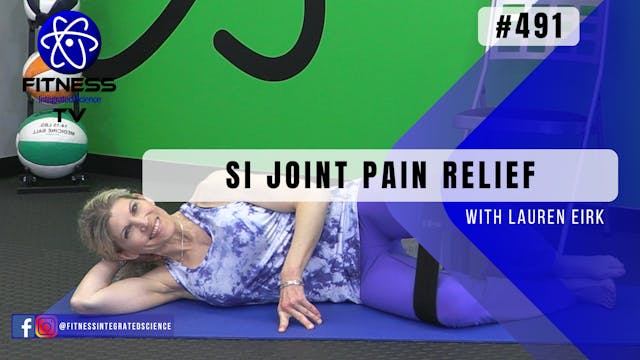Video 566 | Frozen Shoulder Solutions (45 minutes) with Lauren Eirk
Living Better
•
05-Jun-2024
If you have every suffered from a frozen shoulder, or have known someone who has, you know that it takes a very long time to recover from. The medical term for the frozen shoulder is "Adhesive Capsulitis". This condition is marked by stiffness and pain in the shoulder joint. It typically develops gradually, worsens over time, and then eventually resolves, usually within one to three years. The main symptoms include pain and restricted range of motion as the shoulder capsule thickens and tightens around the shoulder joint, restricting its movement.
This video can be used for both prehab and rehab, as you are working to prevent and to recover from this syndrome. We will be focusing on rotation, flexion, extension, and sidebend in the trunk and spine first, each followed by corresponding shoulder exercises that complement the motion. Using the TheraBand and light dumbbells, learn how to move within the current barriers that your shoulder dictates, with a goal of scapular stabilization and mobility.
Note that women over 50 are more prone to developing frozen shoulder due to a combination of hormonal, metabolic, and lifestyle factors. Many women going through the menopause have some degree of joint stiffness, but since menopause typically occurs around the time when musculoskeletal problems first begin to arise, it’s hard to say whether it directly causes joint pain. We know that after the age of 50, we start to see a dramatic shift in muscle loss. This is why maintaining your muscles is paramount.
Purchase Products used on this video from Amazon:
Theraband: https://amzn.to/3c2lfOq
Neoprene Coated Dumbbells: https://amzn.to/3OCSr28
Yoga Block: https://amzn.to/3ewJAJK
Yoga Mat: https://amzn.to/2ZDSMrH
mc_76_1
Up Next in Living Better
-
Video 505 | Pelvic Floor Incontinence...
Stress urinary incontinence is the involuntary leakage of urine that occurs with increases in intra abdominal pressure (e.g., with exertion, effort, sneezing, or coughing) due to urethral sphincter and/or pelvic floor muscle weakness. This can affect anyone at any age, particularly those who part...
-
Video 550 | Lateral Hip Bursitis Rx (...
This strengthening routine is designed to combat outer hip pain using isometric and concentric resistance training with dumbbells, a thigh band, and a support.
Lateral hip pain is commonly referred to as "Trochanteric Bursitis". This is a condition where the large bony prominence on the outsi...
-
Video 491 | SI Joint Pain Relief (30 ...
Pain originating from spasms in your piriformis muscle, a large muscle located deep in the buttock, is called piriformis syndrome. Even though this condition is very common, it is a complex problem to treat. The key is to keep surrounding muscles around the pelvis, hips and core strong and regu...



